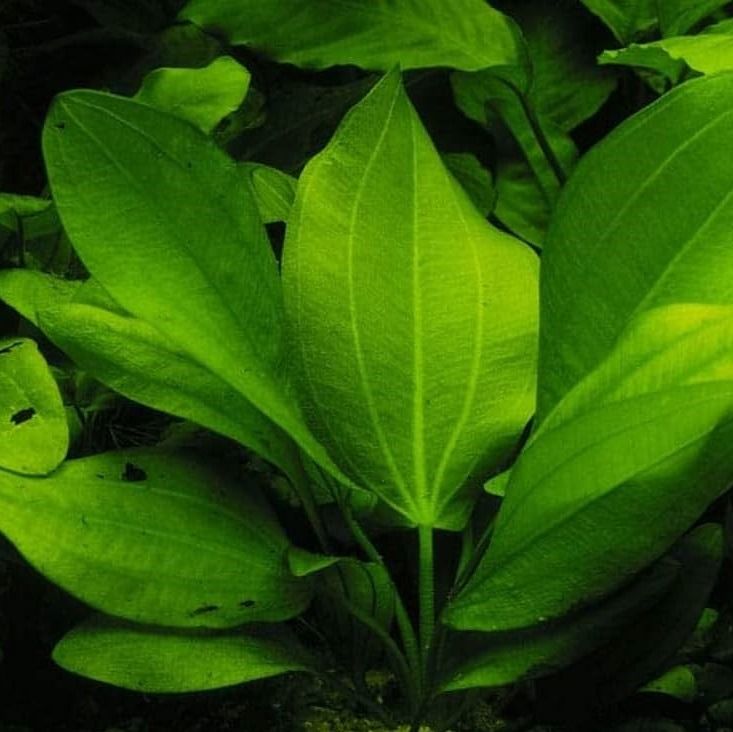Customer Reviews
Testimonials

I ordered 5 varieties of plant quantity 10 pots. I must, really appreciate the plant reached in good condition. Thanks to bunnycart. I will recommend all , you can trust bunnycart. The packaging the plant quality is excellent
Sebastian Joseph mahato

Excellent.. Keep it up Bunnycart team..Initially i was a bit reluctant to order from this site... But my overall experience was too good..The combo pack was too good..All the plants were received in a healthy condition... Now placing second order for my another tank.
Jayraj Nair

This is my first purchase from the site. I am overall satisfied with the purchase. Packaging was good. I ordered 13 shrimps. The orange Sakura and the Ghost are of great quality. However i am not very satisfied with the red cherry shrimps, the colors are not good. But given the price, i am ok to compromise. All the shrimps were alive, it took 6 days for completion of my order, the prices are also competetive. I would recommend others buying from here. P.S please improve the quality of Red Cherry Shrimps.
Subham Mukherjee

Java moss was of excellent quality. However, dwarf hairgrass and amzon sword was half wilted when received. Rotala wallichii was good. Didn't received dwarf lily but was refunded money immediately. Customer service is very good.
Tushar

I am really happy with the service and response from Bunnycart. I have made multiple orders from here and I have never been completely disappointed. My recent order reached me so early and my planted aquarium seems like heaven for my fishes. I asked them to send me some bigger plants from the ones I ordered, they did. The plants are all healthy and I am sure will do well. Looking forward to ordering a few more plants in the future and I know whom to trust - Bunnycart.com (instead of wasting my money on a fake site called makemyhobby.com) THANK YOU! P.s. I gave four stars just because there is always room for improvement.
Prashant

It's good
AMIT Henry










